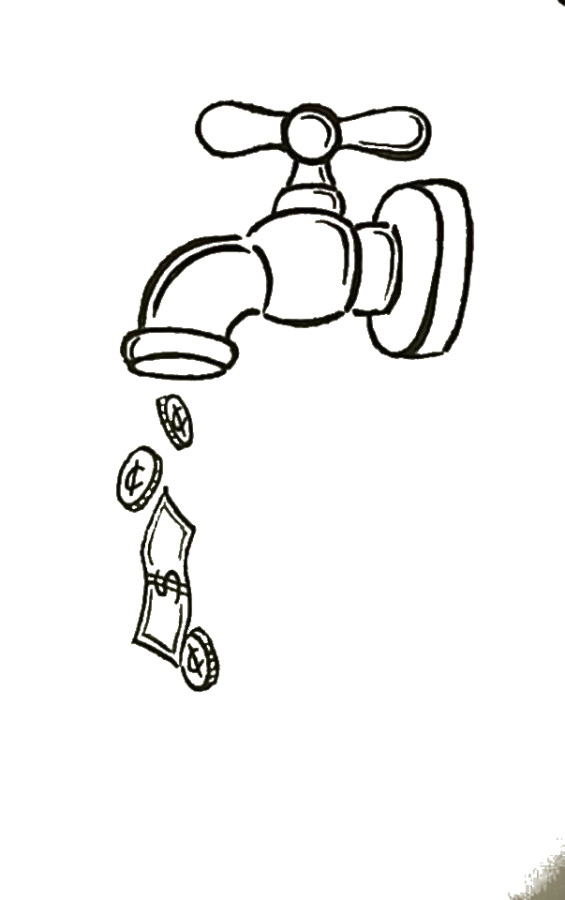Drip, drop; there goes all the liquid money down the drain
As California endures its fourth year suffering through a drought that has left 93 percent of the state in extreme or exceptional drought conditions according to a study conducted by The National Drought Mitigation Center, state officials have been taking measures to end this crisis, which some say are ineffective.
Gov. Jerry Brown set a goal at the beginning of the year for urban areas across the state to reduce their water usage by 20 percent, according to usatoday.com. Government officials implemented this initiative on a sliding scale so that cities like Beverly Hills, which uses more water than others, would have to reach an even lower percentage of water usage. This mandate, however, had very little impact. According to the State Water Resources Control Board, there was a 7.3 percent statewide decrease in water consumption in January, 2.8 percent in February and 4 percent in March.
On April 1, Gov. Brown proposed an emergency plan due to the increasing severity of the drought, which states that there should be a statewide decrease in water production of 25 percent, according to water.ca.gov. Another part of the proposition states that cities or water districts that fail to meet this goal will be fined up to $10,000. The state’s water board will come to a decision about this idea later in the month.
Although the idea of increasing the goal for percent of water reduction is an optimistic one, the problem with this proposal is that it has proven ineffective in the past. From the statistics mentioned about, it is clear that the goal of a 20 percent statewide decrease of water usage in urban areas was not successful. If an even lower goal was unable to be reached because cities were not chastised enough for excessive water usage or for ignoring the usage limits, history is very likely to repeat itself.
Instead of taking a major leap of faith by increasing the goal for water reduction, measures should be taken to set a realistic goal that is less than 20%. Even though this method may take a longer amount of time to ease the drought, this type of measure will allow water districts to gradually reach a more realistic goal by taking smaller steps to understand what methods of water preservation work best.
In addition, the threat of fines may not be intimidating to cities or regions that rely heavily on the use of water for maintenance, maintaining quality of life or income. This threat pertains to areas including affluent neighbors in urban areas, farms and so on. Government and officials on the state water board should work directly with water suppliers who provide water for these places in order to set limitations on how much water they can distribute.
Although it is clear that state officials are aware of the severity of the drought and are taking action to help abate it, this effort must be more rational and well-thought out. In order to avoid overestimating the ability of regions and water districts to preserve water by setting extremely high preservation goals, officials should take a step back and create a more gradual and effective plan.

Hey, I'm Disha, your Arts & Entertainment Editor of the Golden Arrow for the 2014-2015 school year. This is my second year as an editor and third year...










